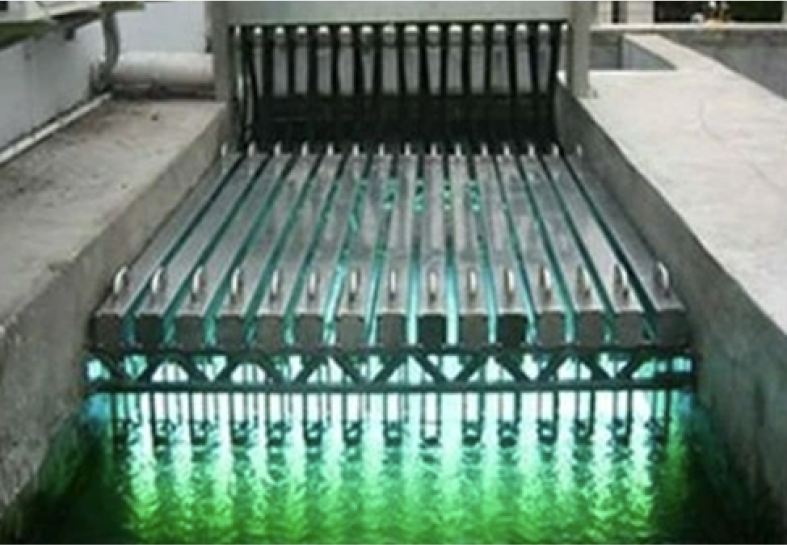Nightly UVC Sanitation of shared desks
UVC Light Has Been Killing Viruses for Over 100-Years
Because of the need to provide a safe work environment and the cost and disruption to organizations with any virus outbreaks, companies are supplementing their virus mitigation programs with Ultraviolet Germicidal Irradiation (UVGI), also referred to as UV lighting. UV Lighting was discovered in the late 19th century as a virus killer and has been used to inactivate viruses in numerous industries for decades.
What is Ultraviolet Light?
UV or ultraviolet light is part of the electromagnetic spectrum, which includes radio waves at one end and gamma rays at the other.

The energy produced by the sun is electromagnetic radiation with many different wavelengths. Only a small portion of these wavelengths are visible to the human eye. These visible wavelengths are seen as colors of the rainbow depending on the wavelength. Red has the longest visible wavelength and violet has the shortest visible wavelength. Waves longer than those seen as red, are called infrared. Waves shorter than violet are called ultraviolet, as in “beyond violet”. Ultraviolet light comes in different lengths too.
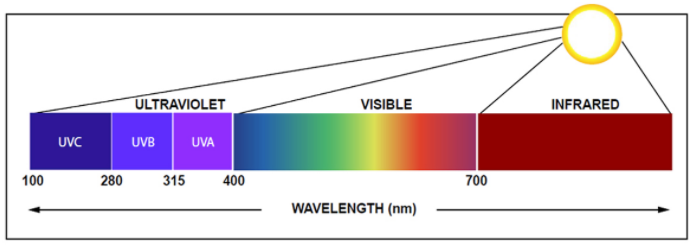
The wavelength of light is defined as the distance between two identical point of the light wave, for example, one crest to the next. They are measured in nanometers, which is one billionth of a meter.
The wavelength of UV light ranges from 10nm to 400nm and is classified into 3 sub-bands: UV-A (315-400 nm), which is the light in a blacklight as well as the main type of light used in tanning beds, UV-B (280 – 315nm), which is the light that tans the human skin and, if overexposed, causes sunburn, and UV-C (100-280nm).
The disinfection properties of ultraviolet lighting have been known for over 140 years when the antibacterial effects of the shorter wavelengths of sunlight were discovered.
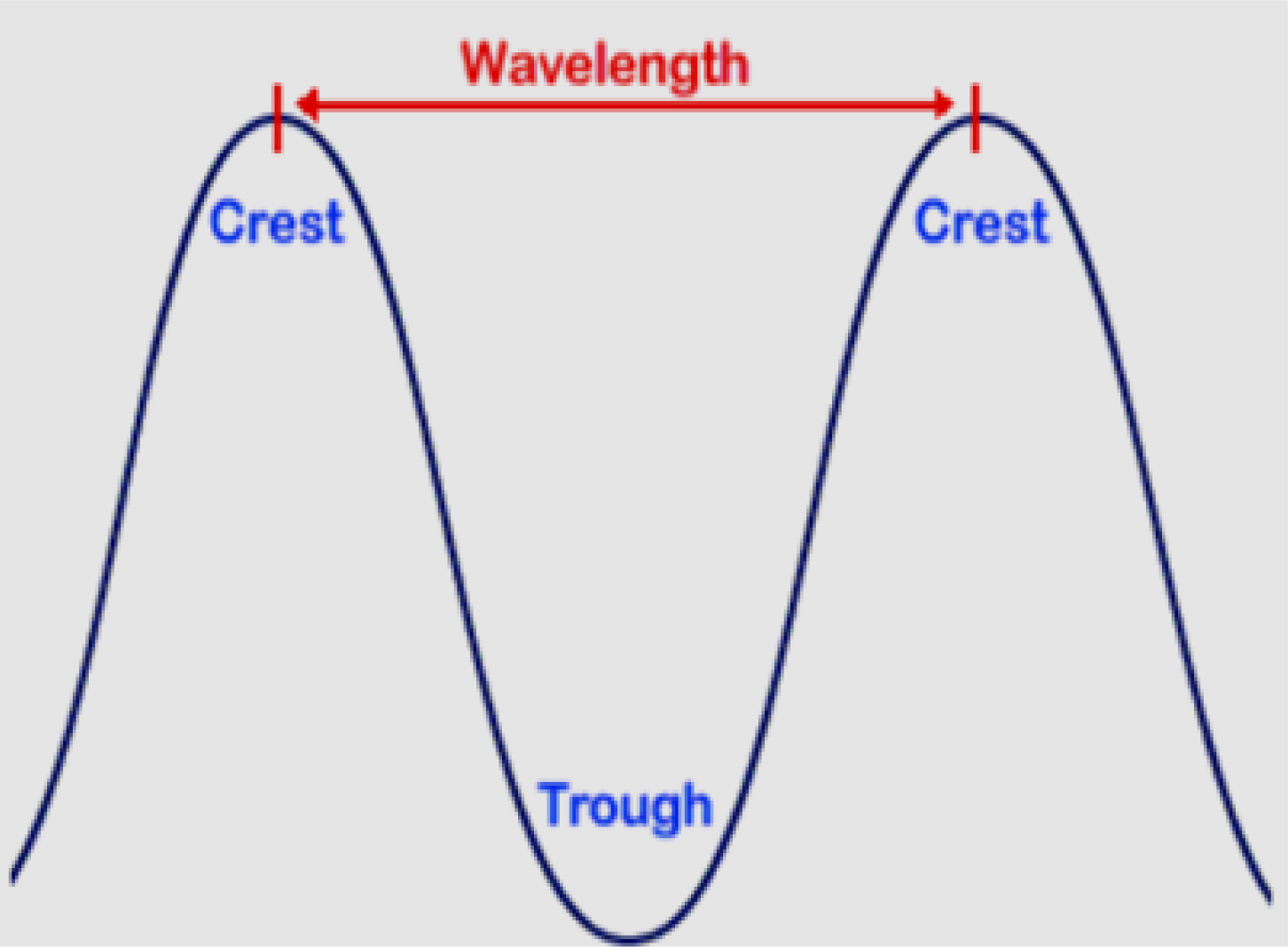
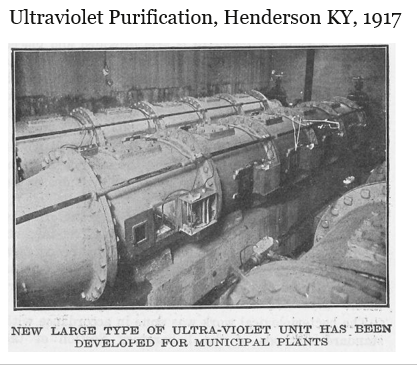
The first germicidal lamp was invented was invented in 1904. It replicated the UV wavelengths that disinfect surfaces, air, and water and was initially used to ward off tuberculosis in hospitals.
The wavelengths at the upper end of the UVC spectrum, between 254 – 279nm are the most effective at killing microorganisms and eliminating viruses, harmful bacteria, mold and spores including SARS-CoV-2 (COVID-19), SARS (Severe Acute Respiratory Syndrome), MERS (Middle East Respiratory Syndrome), e-coli, yeast and other coronaviruses.
UVC light is such an effective virus killer because it destroys the genetic bonds in pathogens rendering them unable to replicate and perform vital cellular functions. These mutations destroy their nucleic acids and disrupt their DNA, preventing cellular growth and killing the microorganism.
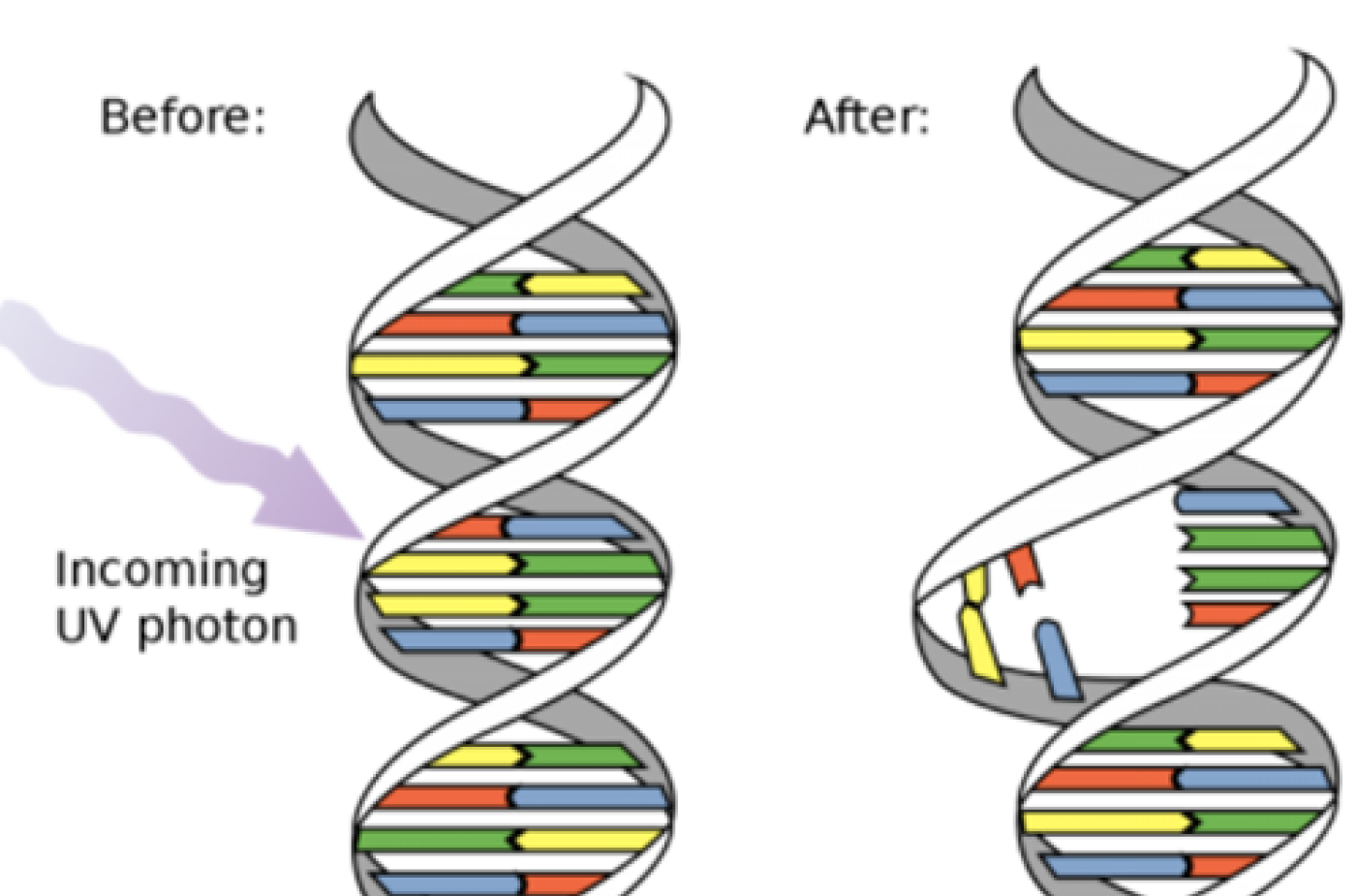
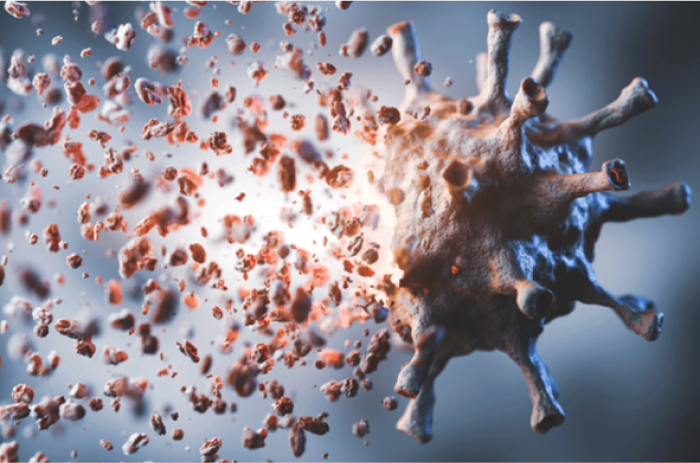
UVC radiation is a known disinfectant for air, water, and nonporous surfaces. It has been used in large scale wastewater treatment, medical facilities, factories, laboratories, food processing, hospitals and in HVAC systems for decades.
And it is currently being used to sterilize drinking water for billions of people around the world.
Since the start of the Coronavirus pandemic, numerous studies, including the American Journal of Infection Control, have proven the susceptibility of SARS-CoV-2 (Covid-19) to UV irradiation.
